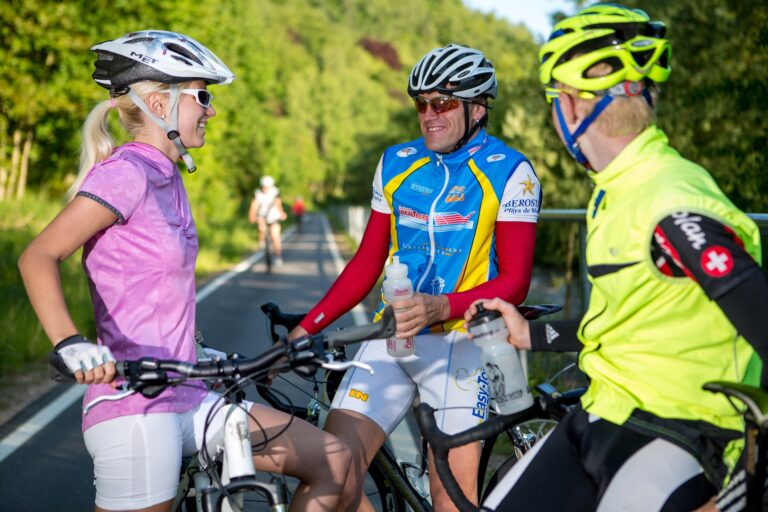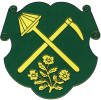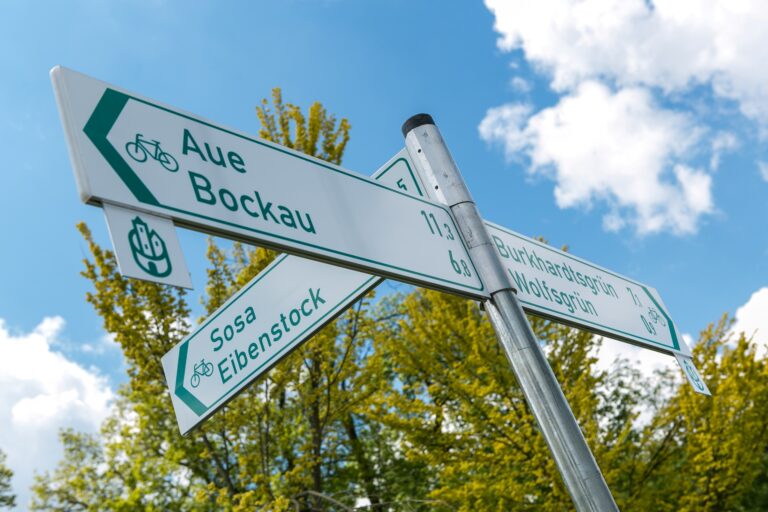
Unsere Mitglieder
Die Mitglieder im Zweckverband Muldentalradweg sind:


Eibenstock

Lauter-Bernsbach


Bockau

Aktuelles im Erzgebirgskreis
Bauabschnitte / Maßnahmen
Ein Überblick über alle Bauabschnitte BA 1 bis BA 4 von Aue-Bad Schlema bis nach Schönheide-Rautenkranz

